13 Tips For Camping In Stockholm Like A Local
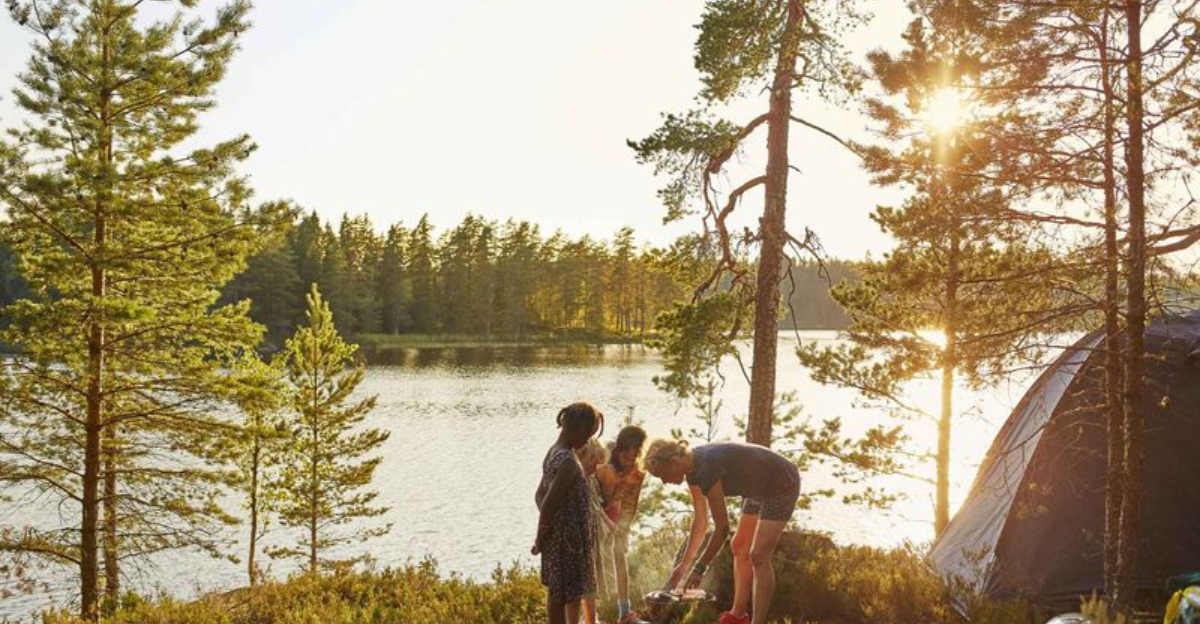
Think Stockholm is just cobblestone streets and cool design? Think again. Step just outside the city and you’ll find a whole new side of Sweden—one where pine-scented trails, shimmering lakes, and wild blueberries await.
Camping around Stockholm is more than pitching a tent; it’s about embracing allemansrätten, the Swedish “freedom to roam” that lets you connect with nature on a deeper, more respectful level. Over the years, I’ve slept under the stars on quiet archipelago islands and brewed morning coffee beside mirror-still lakes.
Curious where to camp, how to do it like a local, or where you might spot a moose at sunrise? Let me guide you through my top Stockholm camping tips so you can experience this Nordic gem far beyond the city skyline.
1. Embrace Allemansrätten (Right to Roam)
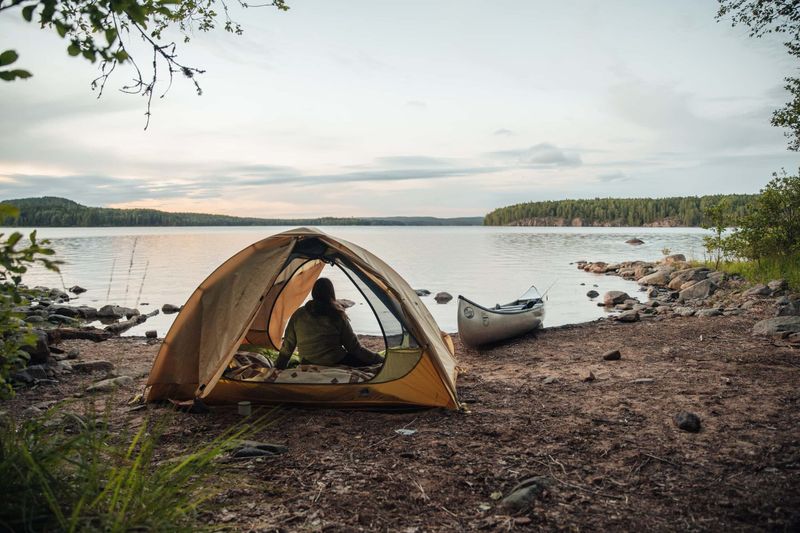
Sweden’s freedom to roam policy is your golden ticket to authentic camping. This ancient right allows you to camp almost anywhere in nature for up to 24 hours, even on private land (staying a reasonable distance from homes).
I always remind my foreign friends about the core principle: ‘Don’t disturb, don’t destroy.’ Pick up all trash, avoid protected areas, and leave nature exactly as you found it. The locals take this privilege seriously.
Camping near Stockholm’s water bodies is especially rewarding but remember to position your tent at least 150 meters from any residential building. This balance of freedom and responsibility makes Swedish camping truly special.
2. Pack for Unpredictable Weather

Stockholm’s weather changes faster than you can say ‘fika.’ Even in summer, temperatures can swing dramatically between day and night. My worst camping mistake was bringing only a light sleeping bag in August – I shivered until sunrise!
Layer your clothing smartly, starting with moisture-wicking base layers. Always pack a waterproof jacket, extra socks, and a warmer mid-layer than you think necessary. The humidity near water makes evenings feel colder than the forecast suggests.
Locals swear by wool socks year-round and quality rain gear. A good rule: if you think you’ve packed enough warm clothes, add one more layer just to be safe.
3. Choose the Right Season

Summer camping (June-August) offers magical experiences with extremely long daylight hours – the sun barely sets in June! This natural phenomenon, called the midnight sun, means you can hike or swim until late evening without flashlights.
May and September provide fewer crowds but comfortable temperatures. Winter camping (December-February) requires serious preparation but rewards with pristine snow landscapes and potential Northern Lights sightings.
Most Stockholmers avoid camping during ‘tjällossning’ (spring thaw) in April when trails become muddy rivers. If visiting in July, book campsites early – it’s vacation month when locals flood outdoor spaces, especially during Midsummer celebrations.
4. Explore the Archipelago Islands
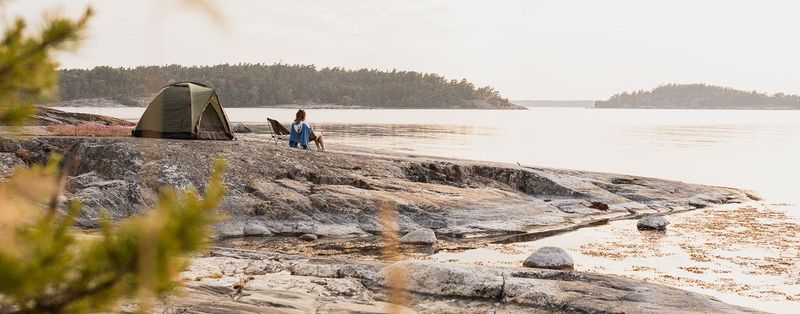
Stockholm’s archipelago contains over 30,000 islands ranging from inhabited communities to untouched nature sanctuaries. Taking a ferry from central Stockholm to islands like Utö, Grinda, or Finnhamn transports you to camping paradises most tourists never discover.
Locals often book simple cabins or bring tents to these islands. The brackish Baltic water is surprisingly warm for swimming by midsummer. Island hopping lets you experience multiple camping spots in one trip.
When I camp on Möja island, I always bring fishing gear – catching dinner from pristine waters feels incredibly satisfying. Remember that some islands have designated camping areas while others allow wild camping under allemansrätten.
5. Master the Art of Fire Safety

Fire restrictions in Stockholm vary seasonally and by location. During dry summer months, total fire bans are common – ignoring these can result in hefty fines. I always check the local municipality website before planning any cooking fires.
Stockholmers prefer established fire rings when available. If creating a new fire spot (when permitted), clear a wide area, keep water nearby, and never leave flames unattended. Many locals use small camping stoves instead, which are usually allowed even during bans.
The smartest approach is investing in a portable gas stove that works in all conditions. Remember to fully extinguish any fire by dousing with water then covering with dirt – hot embers can reignite hours later.
6. Navigate Public Transportation Like a Pro
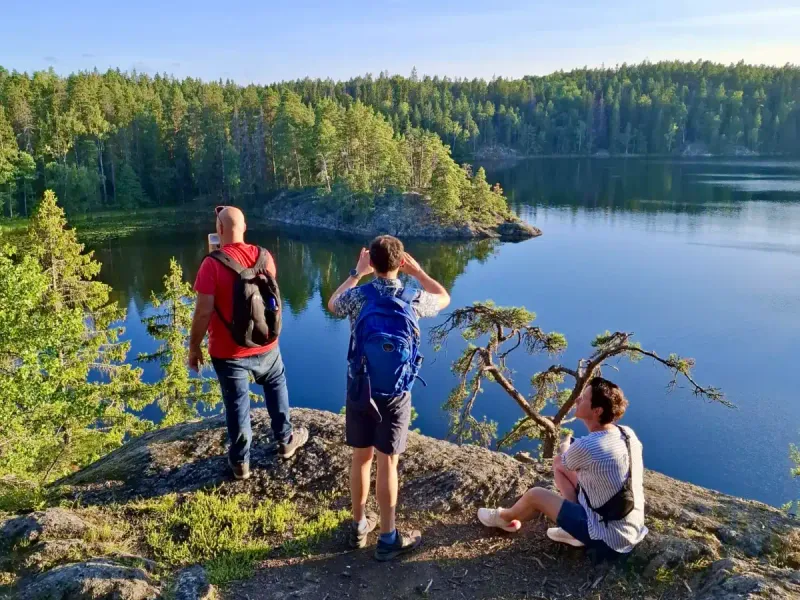
Stockholm’s excellent public transit system can deliver you to amazing camping spots without a car. The green subway line takes you directly to sprawling Tyresta National Park in under 30 minutes from downtown. Commuter trains reach beautiful Lake Mälaren beaches where locals camp regularly.
If heading to the archipelago, ferries depart from Strömkajen near the Royal Palace. SL Access cards (transit passes) cover most buses, trains, and some ferries – they’re much cheaper than single tickets.
When camping with gear, avoid rush hours (7-9am, 4-6pm) when trains get crowded. Locals often use large IKEA bags to transport camping equipment – they’re durable, water-resistant, and fold flat when empty.
7. Find Hidden Freshwater Swimming Spots
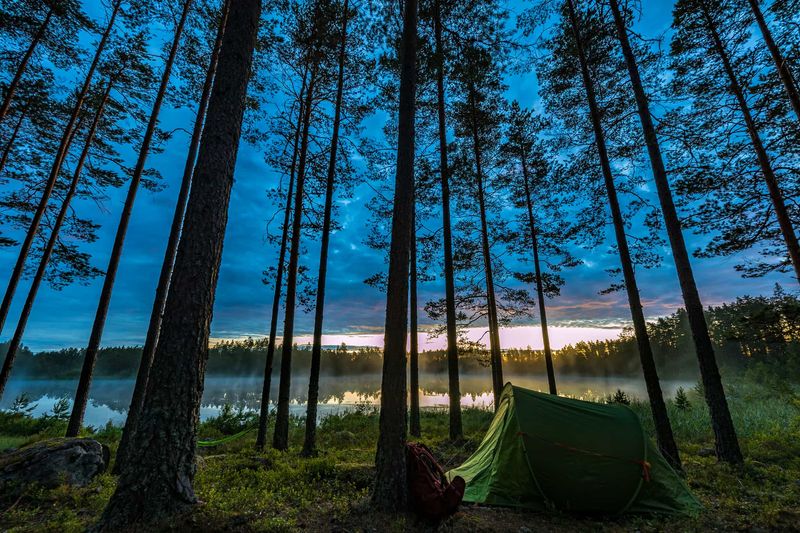
Stockholmers escape summer heat at secluded swimming lakes unknown to most tourists. Lake Flaten in Nackareservatet nature reserve offers crystal-clear water perfect for post-hike dips. At Hellasgården, locals combine swimming with traditional sauna experiences – jumping between hot sauna and cold lake is exhilarating!
Checking water quality is important – the city regularly tests and publishes results online. Most swimming lakes around Stockholm have excellent water quality from May through September.
My favorite camping spot combines swimming with stargazing at Lake Trehörningen, where you can pitch a tent near the shore. The city’s light pollution doesn’t reach here, creating magical evenings under surprisingly bright stars after refreshing swims.
8. Respect Wildlife Encounters

Wildlife encounters add magic to Stockholm camping trips! Moose, deer, foxes, and various birds frequently appear near campsites. Locals maintain respectful distances and avoid feeding wild animals, which disrupts natural behaviors.
Food storage matters tremendously – hanging provisions from trees prevents unwanted visitors. Stockholm’s forests contain no dangerous predators, but wild boars occasionally appear in southern areas. They’re generally harmless unless feeling threatened.
Binoculars enhance wildlife spotting without disturbing animals. Dawn and dusk offer prime viewing opportunities when animals are most active. The archipelago islands host impressive bird populations – bringing a simple identification guide helps appreciate the diversity surrounding your campsite.
9. Bring the Right Tent for Nordic Conditions
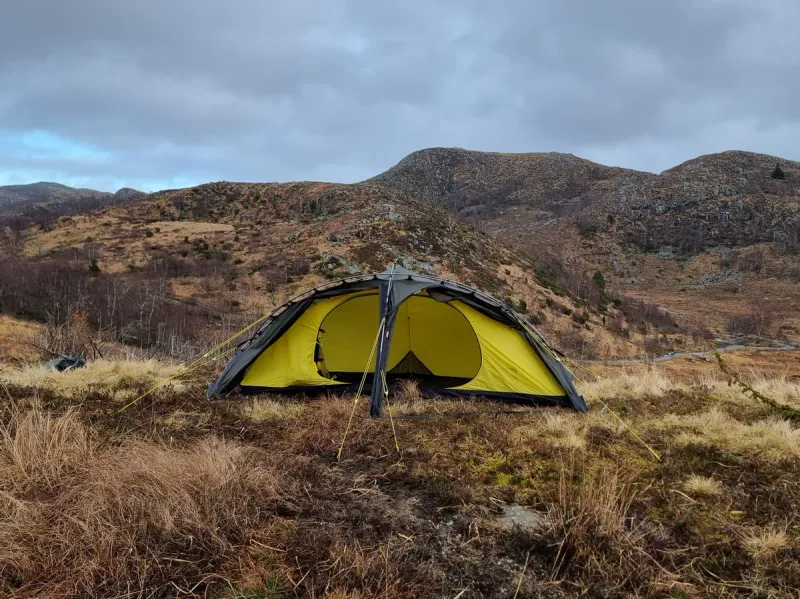
Swedish weather demands specific tent features that locals prioritize. Double-walled tents with solid rain flies are non-negotiable due to frequent precipitation. My first camping trip near Stockholm taught me this lesson when my budget tent leaked during an overnight shower!
Strong poles withstand occasional gusty winds, especially when camping near open water. Most Stockholmers choose tents with vestibules – these covered areas outside the sleeping space store wet gear and muddy boots.
When camping in summer, lightweight mesh panels improve ventilation during warm nights. For archipelago camping, consider slightly heavier tents with robust stakes that secure firmly in rocky ground. Many locals use small tarps under tents for additional moisture protection.
10. Sample Foraged Foods (Carefully)
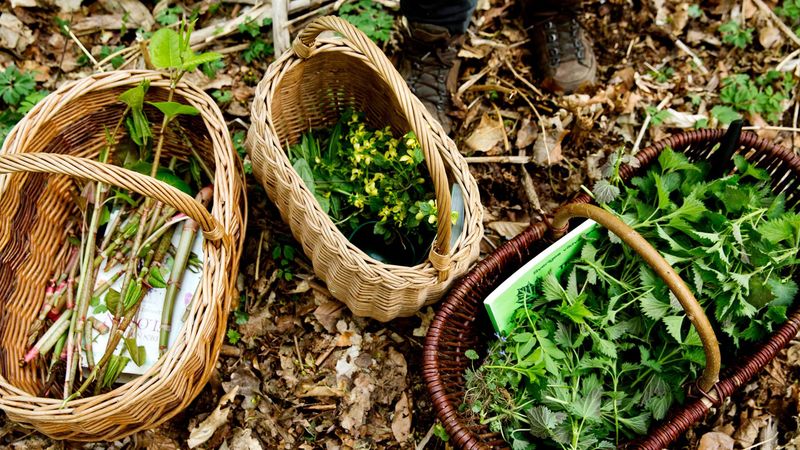
Foraging connects you deeply with Stockholm’s natural bounty. August and September transform forests into treasure troves of wild blueberries, lingonberries, and chanterelle mushrooms. Many locals bring small containers specifically for berry picking.
Safety demands absolute certainty when identifying edible species. I recommend downloading a Swedish mushroom identification app or joining guided foraging tours for beginners. Never consume anything you can’t identify with 100% confidence.
Swedes have a rich tradition of incorporating foraged foods into camping meals. Try cooking freshly picked chanterelles in butter over a camp stove – the flavor intensifies outdoors! Remember that berry picking is allowed under allemansrätten, but digging plants or removing trees isn’t permitted.
11. Pack Out All Trash (And Then Some)
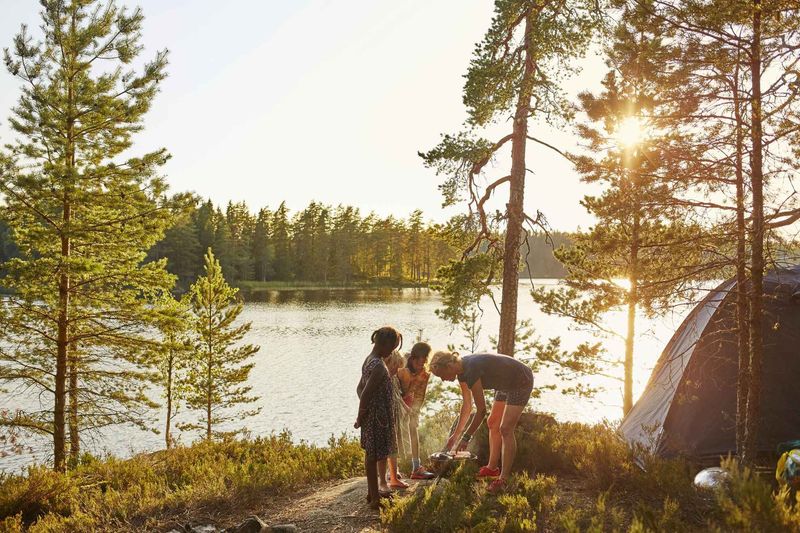
Stockholm’s pristine natural areas stay that way because locals follow a strict ‘leave no trace’ philosophy. Carrying a dedicated trash bag is standard practice – many experienced campers even bring two: one for recyclables and one for other waste.
Biodegradable soap is essential for washing dishes or yourself. Water sources remain clean because campers perform these activities at least 50 meters from lakes or streams. Many Stockholmers actually pick up additional trash they find, leaving sites better than they found them.
Cigarette butts cause particular environmental damage and take years to decompose. Portable ashtrays (even makeshift ones from aluminum foil) prevent this common form of pollution. This commitment to cleanliness preserves these beautiful spaces for future generations.
12. Embrace the Fika Tradition Outdoors

Fika – Sweden’s beloved coffee break tradition – transforms beautifully into outdoor settings. Locals pack thermoses of strong coffee and homemade cinnamon buns (kanelbullar) or cardamom buns (kardemummabullar) for wilderness breaks. These moments of pause enhance the camping experience immeasurably.
Creating a proper fika spot involves finding a scenic viewpoint and taking time to truly savor both treats and surroundings. Many Stockholmers bring small foldable seats specifically for comfortable fika moments.
When camping near water, morning fika watching the sunrise over Stockholm’s archipelago creates unforgettable memories. The combination of strong coffee, sweet pastries, and natural beauty perfectly captures Swedish outdoor culture – slowing down to appreciate simple pleasures amid nature’s grandeur.
13. Prepare for Midnight Sun and Dark Winters

Stockholm’s extreme light conditions require specific camping adaptations. Summer brings nearly constant daylight – the sun barely sets in June, creating a blue twilight that lasts all night. Eye masks become essential for quality sleep during these bright nights.
Winter camping presents the opposite challenge with only 6 hours of daylight. Extra headlamps, batteries, and planning activities around limited daylight hours becomes crucial. Many locals embrace this darkness by bringing candle lanterns to create cozy camp atmospheres.
The midnight sun phenomenon allows extraordinary evening activities impossible elsewhere. Imagine reading by natural light at 11pm or taking midnight swims! Conversely, winter camping rewards with potential Northern Lights sightings and the magical experience of forests blanketed in pristine snow.
